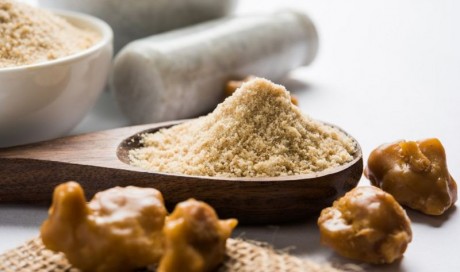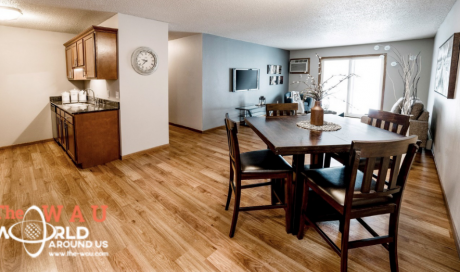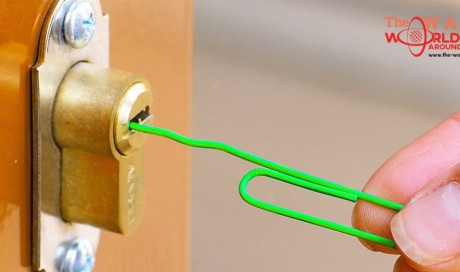Caroline Harrison
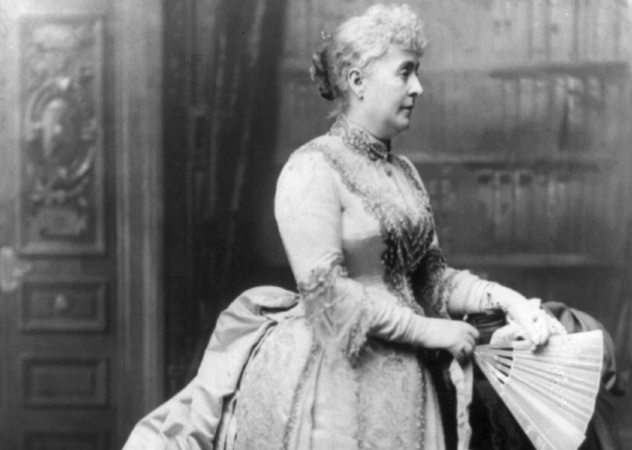
Caroline Harrison, wife of the 23rd president of the United States, Benjamin Harrison, was instrumental in extensively remodeling the White House, including the installation of electricity. In addition, the first lady used her exceptional painting skills to design new formal presidential china, which, to date, remains one of the main public attractions of the mansion.
Her social obligations and enthusiastic involvement in the expansion and renovation of the White House would come to a sudden halt in the winter of 1891, after she suffered numerous bouts of debilitating bronchial infections. When her condition deteriorated in the summer of 1892, Caroline was officially diagnosed with tuberculosis, with little hope of recovery. Despite frequent attempts at a cure, including various operations to drain fluids from the pleural cavities of her lungs, Caroline died after a painful struggle at 1:40 AM on October 25, 1892, with President Harrison by her side.
Her private funeral in the East Room of the mansion two days later required an invitation to attend. Her Spanish red cedar casket, adorned with wreaths from dignitaries around the world, was then accompanied by her family to Indianapolis for burial.[7] Just one month after her death, Caroline’s father, Reverend John Witherspoon Scott, passed away in the White House at the age of 92.
William Henry Harrison
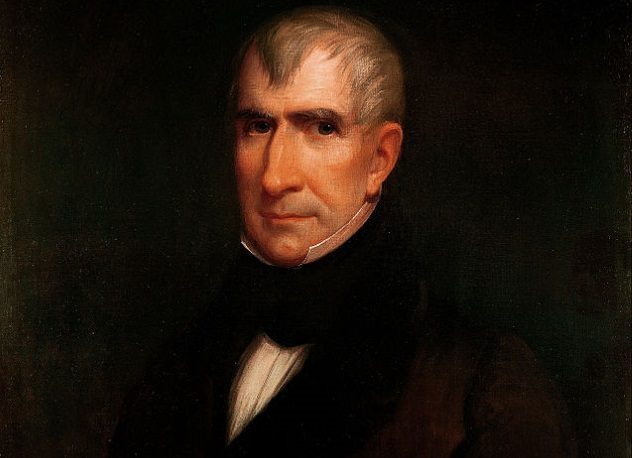
On March 4, 1841, William Henry Harrison was sworn in as America’s first Whig president. The day was bitterly cold, and a stubborn 68-year-old Harrison declined to wear a jacket, hat, or gloves in what would become the longest Inaugural Address in US history. Just 31 days later, the ninth president of the United States would take his last breath inside the White House.[8]
In the weeks leading to his death, a bedridden Harrison was thought to be suffering from pneumonia, as originally diagnosed by his physician, Dr. Thomas Miller. In recent years, however, the untimely death of America’s shortest-serving president is best explained by enteric fever contracted by pathogens in the White House water supply. A mere seven blocks from 1600 Pennsylvania Avenue was the city’s depository for “night soil,” a field of stagnated human excrement that became a breeding ground for deadly bacteria, including Salmonella typhi and S. paratyphi. This would explain Harrison’s sinking pulse and cold, blue extremities prior to his death, classic manifestations of septic shock.
The standard treatment that Dr. Miller administered only exacerbated the president’s condition. The opium Harrison was given facilitated pathogenic bacteria into the bloodstream by retarding the intestines’ motility, and repeated enemas potentially resulted in ulcer perforation, causing sepsis.
...[ Continue to next page ]
Share This Post

